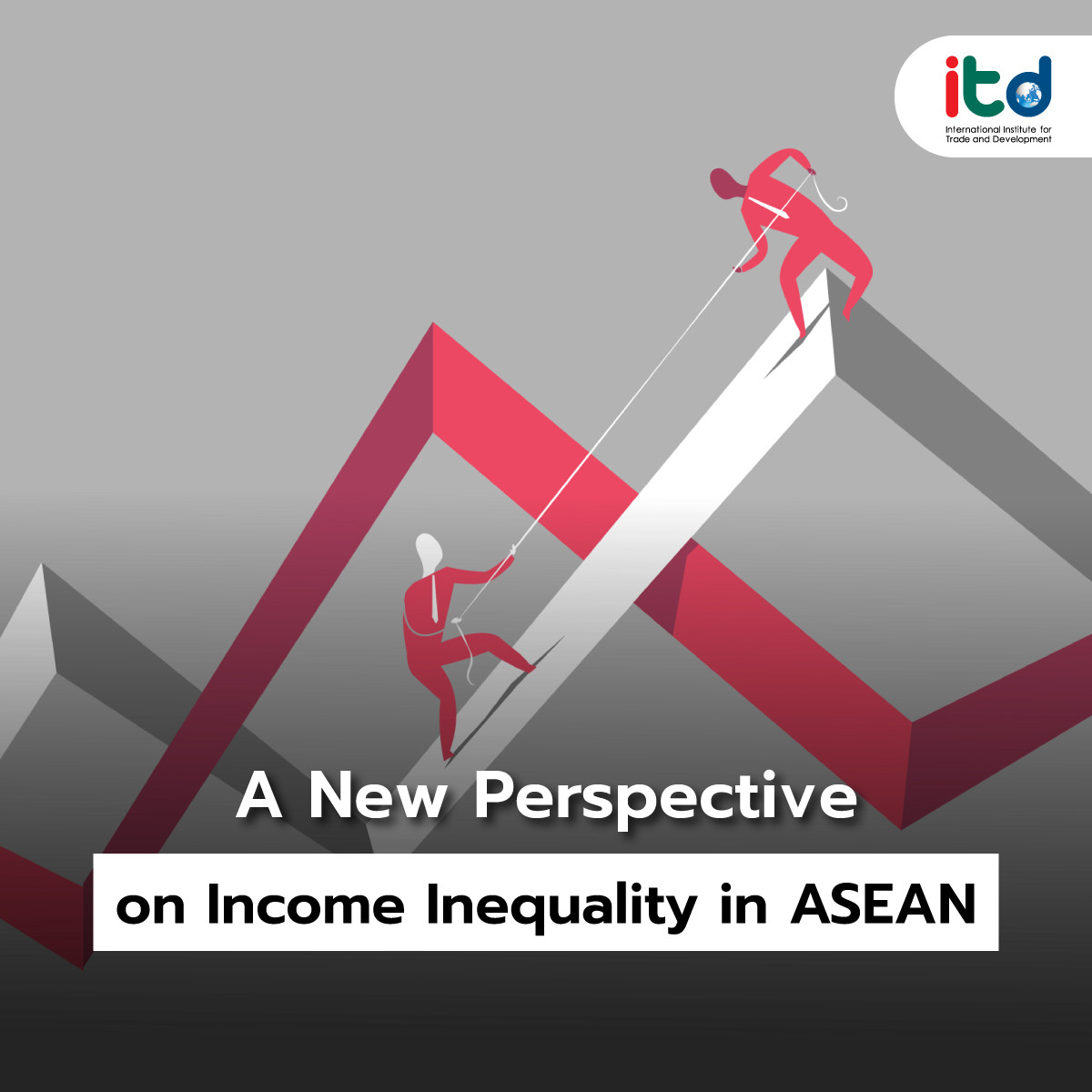About Documents
The income inequality issue is considered a significant challenge for developing countries. The Asian Development Bank (ADB) has recently released a report on the study of trend and drivers of income inequality in Southeast Asia, focusing on Thailand, the Philippines, and Vietnam. The study revealed a decreasing trend in income inequality in these countries, contrary to the global trend where income inequality is increasing.
The phenomenon in these countries is caused b three key factors: 1. The wage increase, which serves as a major income source for the population in all three countries. This rise in wages has led to a reduction in income inequality. 2. The reduction in concentration rates of wages, the growth in nonfarm business income and remittances from overseas labour significantly contributed to this trend. 3. Another important factor contributing to the reduction in income inequality at a national level in the three nations is the shrinking of regional disparities and urban-rural income gaps, as evidenced by household characteristics.
The aforementioned changes are plausibly the result of several processes associated with the Kuznets theory, domestic policy measures, and distinct patterns of structural transformation observed in different countries. Kuznets’ theory suggests that, in the early stages of development, income inequality tends to increase and decrease as the country becomes wealthier.
In the case of these countries: The Philippines has implemented the “Pantawid Pamilyang Pilipino Program” (4Ps), which provides conditional cash transfers to impoverished households to improve their health, nutrition, and education, especially for children aged 0-14. While Thailand has introduced social welfare policies and improved universal basic healthcare, expanded universal elderly allowance, and extended social security coverage to informal workers and self-employment workers. These initiatives have significantly contributed to reducing income inequality. Vietnam has been actively pushing policies to reduce poverty, focusing on income distribution throughout the country. These initiatives include infrastructure development in rural areas, job creation, and vocational training.
Furthermore, changes in the economic structure of each country have played a significant role in explaining why these countries have different income inequality trends. Education has played a vital role in increasing labor productivity in all three countries, leading to higher skilled labor force participation.
In terms of education premium, Thailand and the Philippines have decreased, while Vietnam experienced a minor increase. The rapid economic growth in Vietnam in recent years has been driven by industrial expansion, export growth, and foreign investment, which requires a highly skilled workforce. On the other hand, the Philippines and Thailand have shifted their economies towards the service sector, contributing to a reduction in income inequality.
In summary, the reduction in income inequality in Thailand, the Philippines, and Vietnam is a result of various factors, including increased wages, growth in nonfarm business income and remittances, changes in household structures, and specific policy measures. Additionally, the transformation in economic structures and education levels have all contributed to the decreased income inequality in these countries.
Author
Mr. Bhuchis Phoompakvan
Researcher
International Institute for Trade and Development (Public Organization)
www.itd.or.th
Publication: Bangkok BIZ Newspaper
Section: First Section/World Beat
Volume: 37 Issue:12501
Date: Wednesday, November 1, 2023
Page: 8 (bottom)
Column: “Asean Insight”






